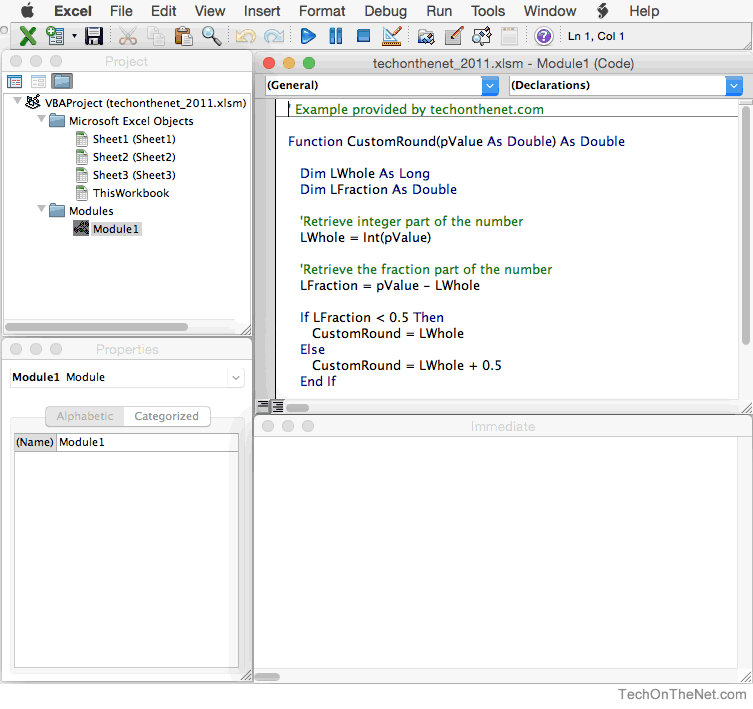This Excel tutorial explains how to create a pivot table in Excel 2011 for Mac (with screenshots and step-by-step instructions).
- This update fixes critical issues. For more information about this update, please visit the Microsoft Web site. Applies to: Office 2011, Office 2011 Home and Business Edition, Word 2011, Excel 2011, PowerPoint 2011, Outlook 2011, Office for Mac Standard 2011 Edition, Microsoft Office for Mac Home & Student 2011, and Microsoft Office for Mac Academic 2011.
- Can't quite figure out how to run a macro when using Microsoft Excel 2011 on your Mac? This video will show you how it's done. Whether you're new to Microsoft's popular digital spreadsheet application, new to Excel 2011 or even an expert merely looking to brush up on the fundamentals, you're sure to be well served by this quality video tutorial from the folks at Lynda.
- Format values as percentages. To show a number as a percent in Excel, you need to apply the Percentage format to the cells. Simply select the cells to format, and then click the Percent Style (%) button in the Number group on the ribbon’s Home tab.
- Microsoft Office 2011 $139.99 Create professional content with the Word, PowerPoint, Excel and Outlook suite.
For more information about this update, please visit the Microsoft Web site. Applies to: Office 2011, Office 2011 Home and Business Edition, Word 2011, Excel 2011, PowerPoint 2011, Outlook 2011, Office for Mac Standard 2011 Edition, Microsoft Office for Mac Home & Student 2011, and Microsoft Office for Mac Academic 2011.
Microsoft Excel 2011 For Mac Free Download
See solution in other versions of Excel:
Microsoft Excel 2011 For Mac
Question: How do I create a pivot table in Microsoft Excel 2011 for Mac?
Answer: In this example, the data for the pivot table resides on Sheet1.
Microsoft Excel 2011 Mac Download
Highlight the cell where you'd like to see the pivot table. In this example, we've selected cell A1 on Sheet2.

Next, select the Data tab from the toolbar at the top of the screen. Click on the PivotTable button and select Create Manual PivotTable from the popup menu.
A Create PivotTable window should appear. Select the range of data for the pivot table and click on the OK button. In this example, we've chosen cells A1 to D13 in Sheet1.
Microsoft Office 2011 Mac Os

Next, select where you wish to place the PivotTable. In this example, we clicked on the 'Existing worksheet' option and set the location to Sheet2!$A$1.
Click on the OK button.
Your pivot table should now appear as follows:
Microsoft Excel 2011 Free
In the PivotTable Builder window, choose the fields to add to the report. In this example, we've selected the checkboxes next to the Order ID and Quantity fields.
Next under the Values box, click on the 'Sum of Order ID' and drag it to the Row Labels box.
Your pivot table should now display the total quantity for each Order ID as follows:
Finally, we want the title in cell A2 to show as 'Order ID' instead of 'Row Labels'. To do this, select cell A2 and type Order ID.
